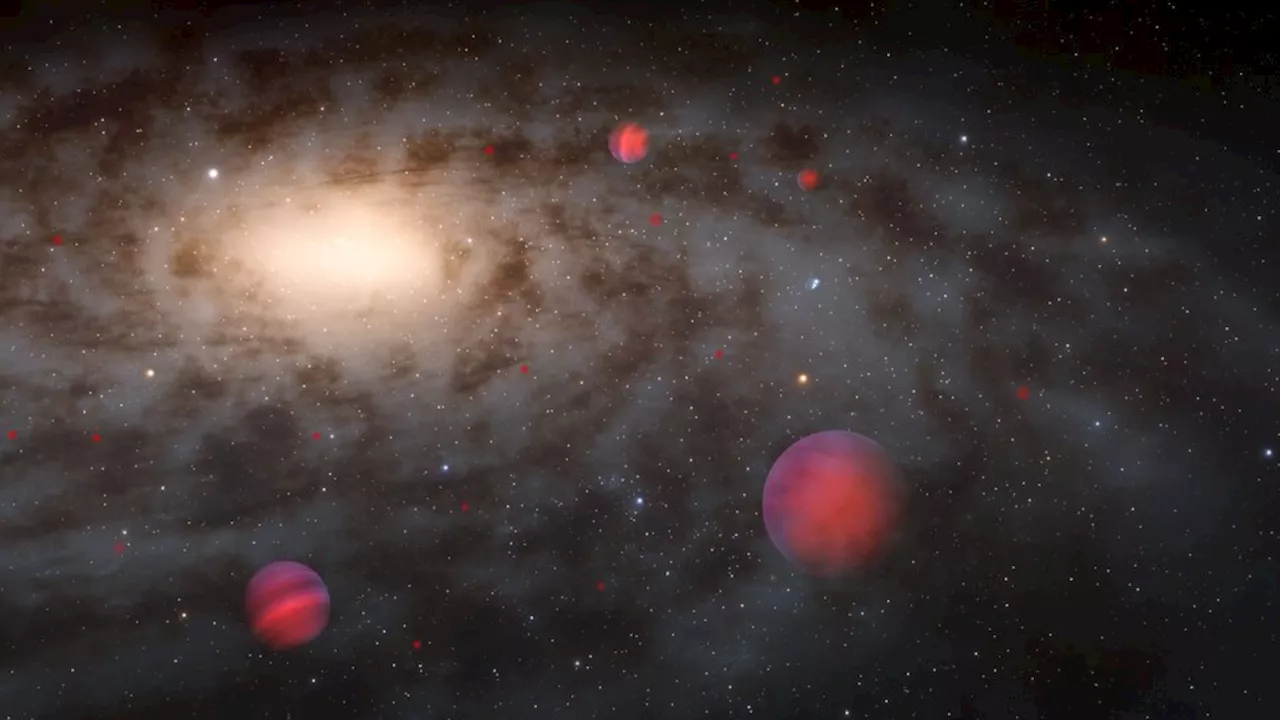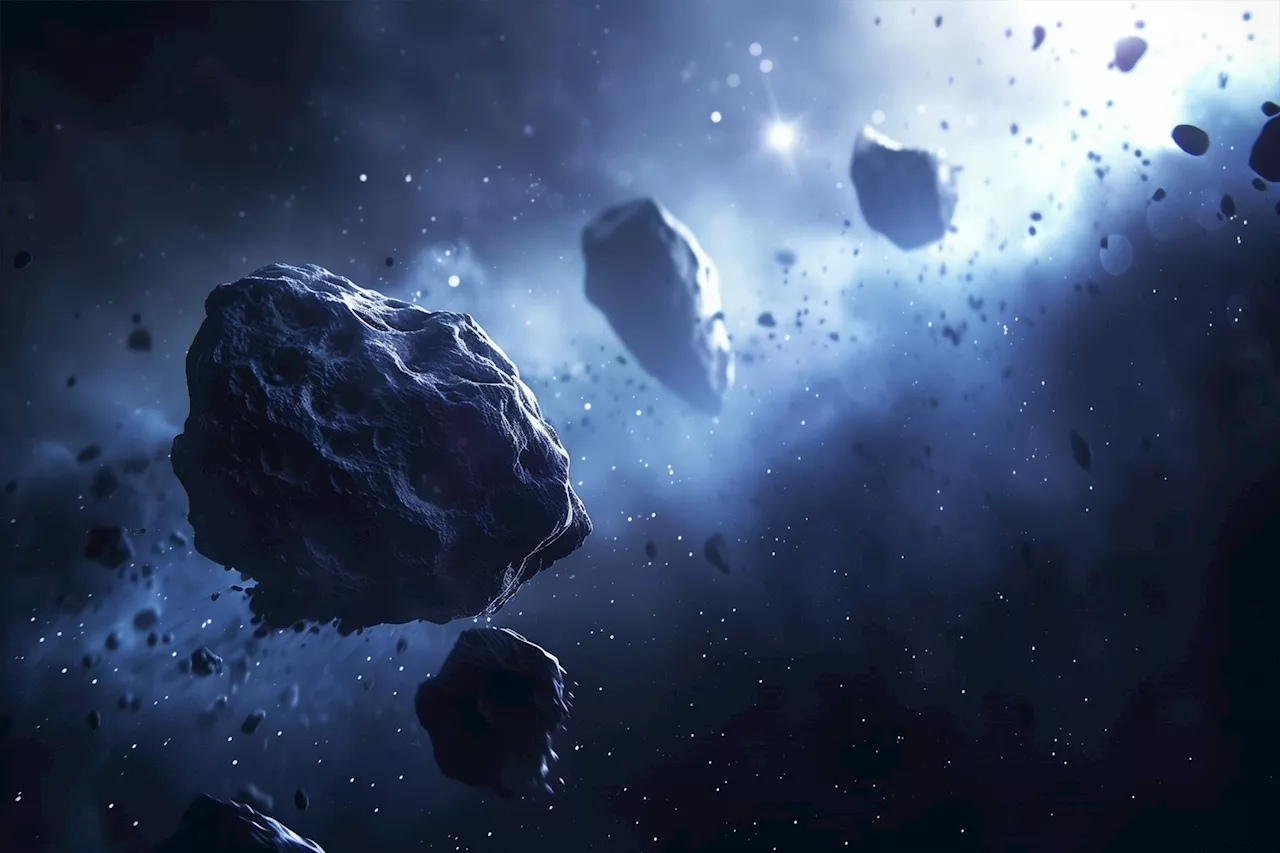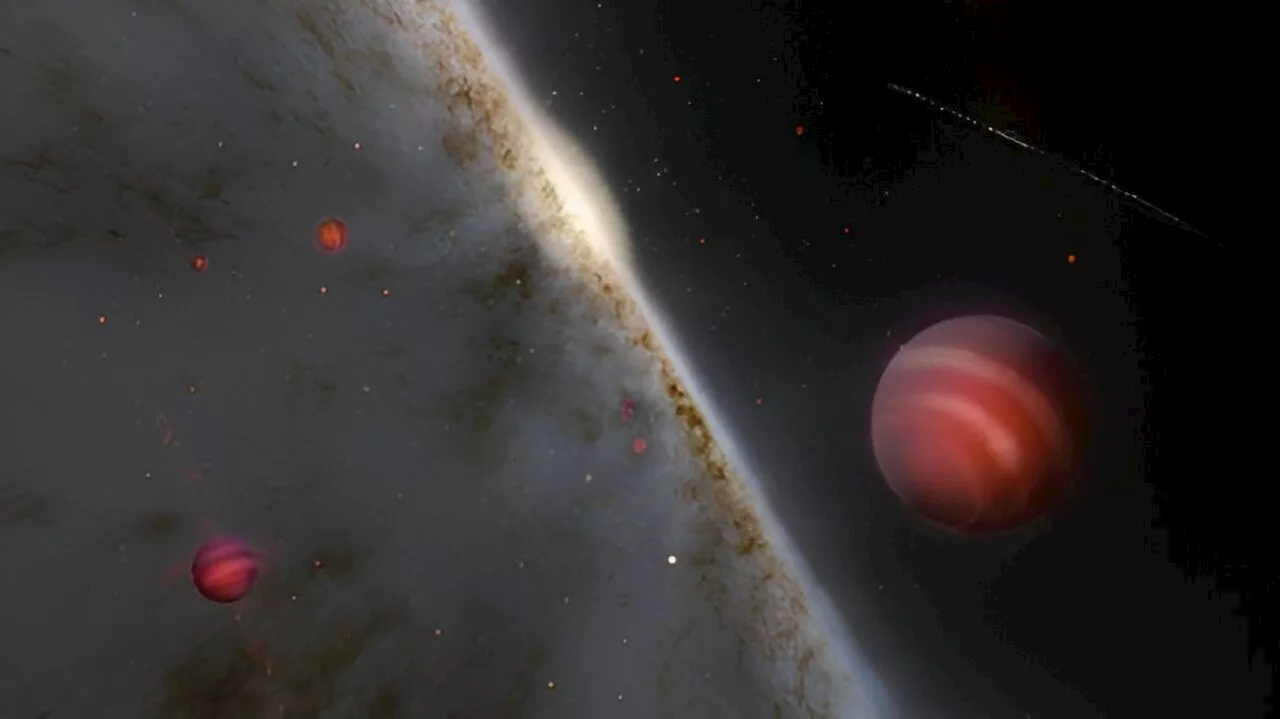Science, Space and Technology News 2024
This artist’s impression illustrates an interstellar object rapidly approaching our Solar System. The object, ejected from its home planetary system long ago, traveled through interstellar space for billions of years before briefly passing through our cosmic neighborhood. Rubin Observatory will reveal many of these previously unknown interstellar visitors. Credit:Vera C.
With the aid of observations of our Solar System and computer simulations, scientists speculate that the gravity of larger planets and passing nearby stars often launches most of these remnant planetesimals away from their home systems and out into their galaxies. Traveling through space and not bound to any star, they’re now known as interstellar objects.
If planets are the correspondents, interstellar objects are the telegrams containing valuable information about distant planetary systems and how they formed. And for a short time, some of these messages from afar are right in our cosmic backyard. “A rock from another solar system is a direct probe of how planetesimal formation took place at another star,” said Bannister, “so to actually have them come to us is pretty neat.
Rubin Observatory will change that. Using an 8.4-meter telescope equipped with the highest-resolution digital camera in the world, Rubin will detect fainter interstellar objects than we’ve ever seen before. “It’s as though you suddenly go from being on a little boat bobbing around in the beautiful shallows just off the shore, to now you’re out over the big deep ocean and you can see into all that expanse for the first time,” said Bannister.
United Kingdom Latest News, United Kingdom Headlines
Similar News:You can also read news stories similar to this one that we have collected from other news sources.
 How the Rubin observatory could detect thousands of 'failed stars'Robert Lea is a science journalist in the U.K. whose articles have been published in Physics World, New Scientist, Astronomy Magazine, All About Space, Newsweek and ZME Science. He also writes about science communication for Elsevier and the European Journal of Physics. Rob holds a bachelor of science degree in physics and astronomy from the U.K.
How the Rubin observatory could detect thousands of 'failed stars'Robert Lea is a science journalist in the U.K. whose articles have been published in Physics World, New Scientist, Astronomy Magazine, All About Space, Newsweek and ZME Science. He also writes about science communication for Elsevier and the European Journal of Physics. Rob holds a bachelor of science degree in physics and astronomy from the U.K.
Read more »
 Mysterious Voyagers: Are We Drinking Water Delivered by Dark Comets?Science, Space and Technology News 2024
Mysterious Voyagers: Are We Drinking Water Delivered by Dark Comets?Science, Space and Technology News 2024
Read more »
 Martian Voyagers: Meet the NASA Crew Who Lived on “Mars” for a YearScience, Space and Technology News 2024
Martian Voyagers: Meet the NASA Crew Who Lived on “Mars” for a YearScience, Space and Technology News 2024
Read more »
 Voyagers of Mars: The First CHAPEA Crew’s Yearlong JourneyWhen the first humans travel to the Red Planet, they will need to know how to repair and maintain equipment, grow their own food, and stay healthy, all while
Voyagers of Mars: The First CHAPEA Crew’s Yearlong JourneyWhen the first humans travel to the Red Planet, they will need to know how to repair and maintain equipment, grow their own food, and stay healthy, all while
Read more »
 Observatory gears up to detect thousands of elusive brown dwarfs, unlocking Milky Way mysteriesOne could argue that brown dwarfs don't get the love they deserve. Sometimes referred to as 'failed stars,' they don't have enough mass to sustain nuclear fusion, which powers all stars, including our sun. But they are also too big to be considered planets, with some having 75 times the mass of Jupiter.
Observatory gears up to detect thousands of elusive brown dwarfs, unlocking Milky Way mysteriesOne could argue that brown dwarfs don't get the love they deserve. Sometimes referred to as 'failed stars,' they don't have enough mass to sustain nuclear fusion, which powers all stars, including our sun. But they are also too big to be considered planets, with some having 75 times the mass of Jupiter.
Read more »
 Neutrino that could be most energetic detected by underwater observatoryThe ARCA observatory detects potentially the most energetic neutrino, opening new frontiers in neutrino astronomy and cosmic event studies.
Neutrino that could be most energetic detected by underwater observatoryThe ARCA observatory detects potentially the most energetic neutrino, opening new frontiers in neutrino astronomy and cosmic event studies.
Read more »
